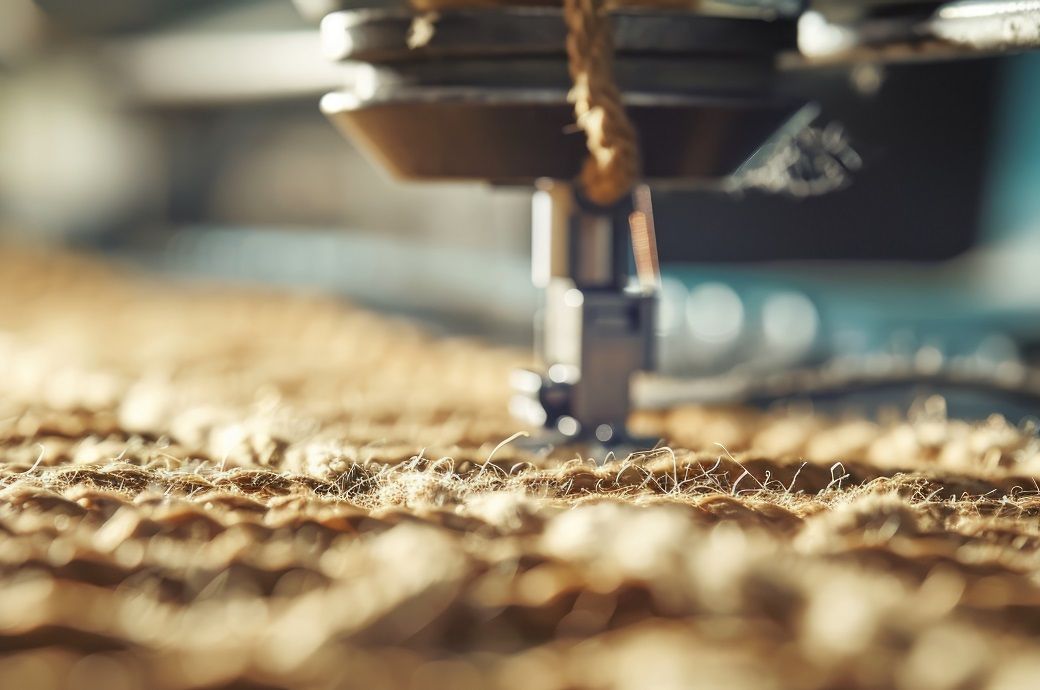
Despite the pressure on margins, the credit profiles of these manufacturers are anticipated to remain stable, supported by strong procurement from government agencies, healthy balance sheets, and negligible capital expenditure (capex) debt.
Wages of jute mill workers in West Bengal, responsible for nearly 80 per cent of India’s jute production, have been raised following a tripartite agreement between the state government, mill owners, and various trade unions. The extent of these wage hikes depends on workers' experience levels, and overall, the wage bill for manufacturers is expected to increase by 5-6 per cent per annum, depending on the degree of mill modernisation, as per CRISIL’s analysis.
Export demand from the US and Europe, which together account for over 60 per cent of India’s jute exports and a third of the sector's ₹120 billion (approximately $1.43 billion) revenue, is expected to remain subdued as the end use of jute products in these markets is largely discretionary. Continued weak export demand will result in low-capacity utilisation of specialised looms, limiting capacity additions. Consequently, jute companies will primarily undertake maintenance capex, funded through internal accruals.
CRISIL Ratings projects the leverage and interest coverage ratio of its portfolio at 0.6 times and 3 times, respectively, for this fiscal. This compares with an average of 0.5 times and 7 times, respectively, over the past three fiscal.
Looking ahead, global recessionary pressures and potential changes in packaging reservation norms for the jute industry will be key factors to watch. These elements could further impact the sector's performance and profitability.
"The impact of wage hike on operating profitability will be limited because of strong demand from government agencies under the mandatory packaging norms. Such demand accounts for two-thirds of the sector’s revenue with pricing allowing for cost pass-through. But subdued export demand will weigh on sales of specialised jute products such as hessian, gift articles, and decorative fabrics, which offer better margins. The upshot of all this is that operating margins of players rated by CRISIL Ratings would fall approximately 50 bps this fiscal," said Rahul Guha, director, CRISIL Ratings.
Fibre2Fashion News Desk (DP)